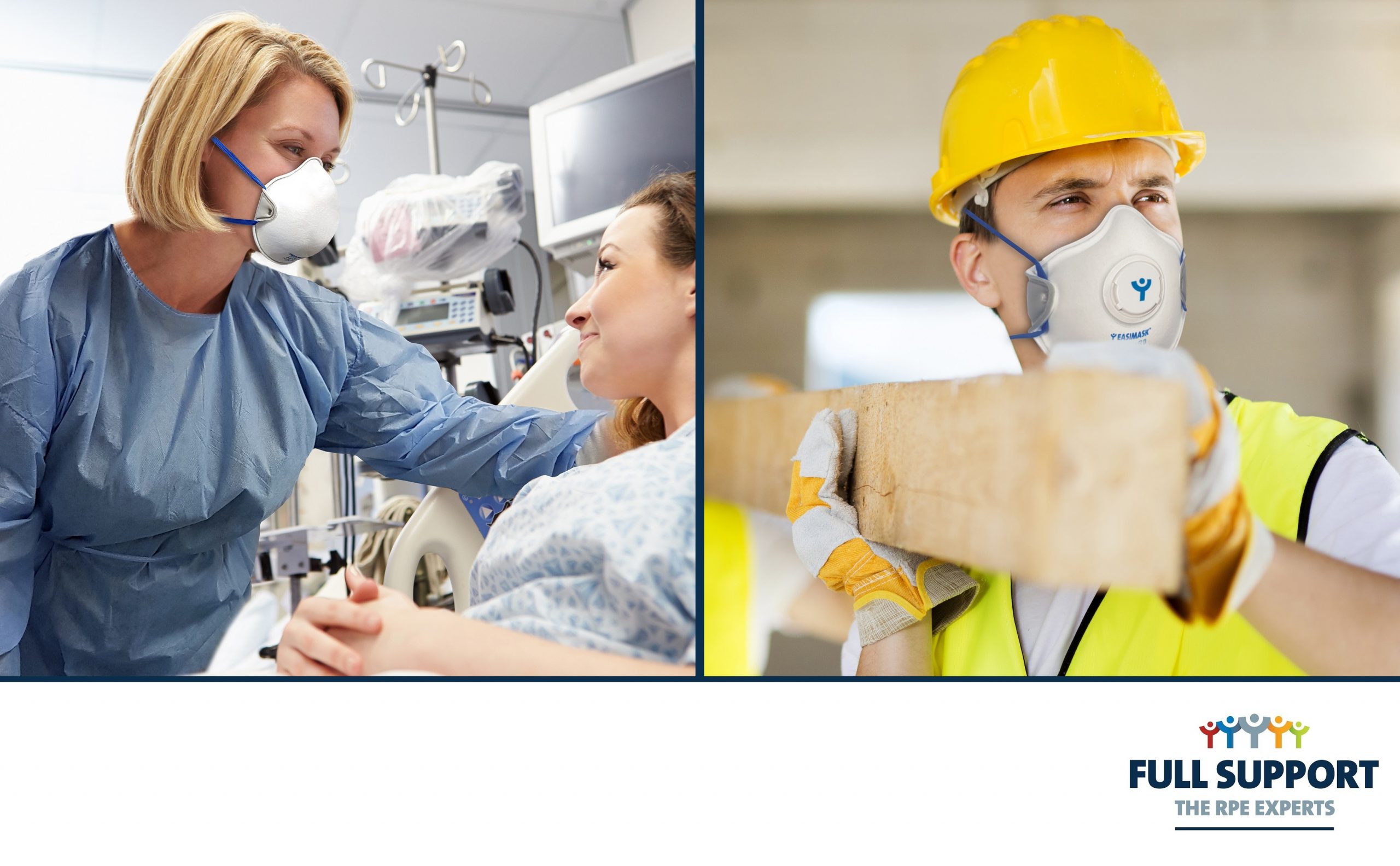The problem with valves…

Respiratory protective equipment (RPE) is primarily worn to protect the user from inhaling hazardous airborne substances, such as dusts, chemicals and viruses.
However, RPE isn’t always just worn for the one-way protection of the user. In some cases, RPE is required for two-way protection to help protect the environment as well.
But when it is used in this way, will any respirator do?
Disposable respirators are a common sight in healthcare, construction, agriculture and carpentry environments – as they can be a cost-effective way to provide respiratory protection to employees against a range of particulate hazards.
Regardless of shape, size or filtration level, disposable respirators can often be found in valved and unvalved configurations.
But what’s the difference?
With single-use filtering facepieces, the respirator itself is the filter. These devices work by forming a tight-seal around the user’s face, forcing air breathed in by the user to pass through the filtering body of the respirator. How air is breathed out however depends on if it is valved or unvalved.
In most situations a respirator is worn simply to protect the wearer from a specific hazardous substance in the atmosphere around them. However, in certain situations – such as sterile environments, food preparation and healthcare – respirators can also be worn to protect the environment from the wearer.
- If a respirator has a valve, exhaled air is pushed out of the valve. Protecting the wearer only.
- If a respirator does not have a valve, exhaled air passes through the filter. Protecting the wearer and those around them.
In healthcare, wearing an unvalved respirator is particularly important during flu season and when used in protection against epidemics or pandemics. If your FFP3 respirator mask has a valve – any germs, infections or viruses that you have harbouring in you can be breathed, coughed or sneezed out – potentially infecting patients and colleagues around you.
In food preparation, wearing an unvalved respirator is also important to prevent contamination from the wearer’s breath. Tight-fitting respirators can also cause moisture build up inside the mask, and the presence of a valve could lead to the expulsion of moisture droplets – spoiling the food.
When working with patients, or in sterile environments, wear an unvalved respirator for robust, two-way protection.
Get in touch with our #RPE Experts today to find out more:
01933 672180 | info@fullsupporthealthcare.com

